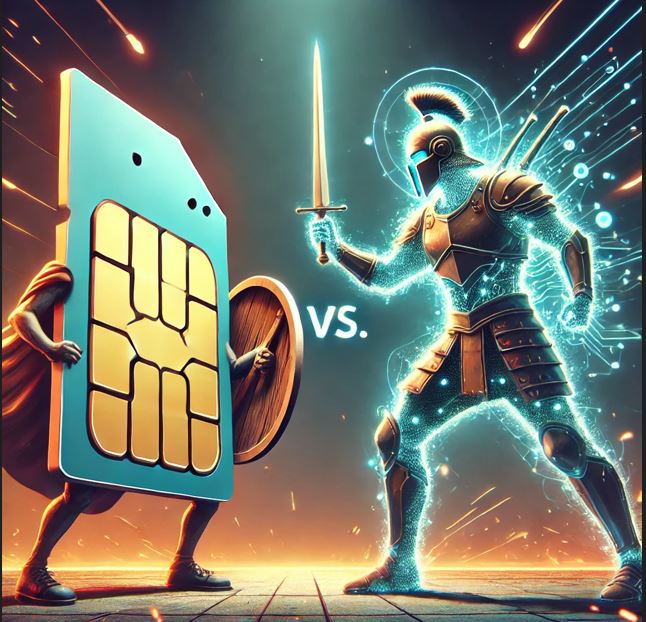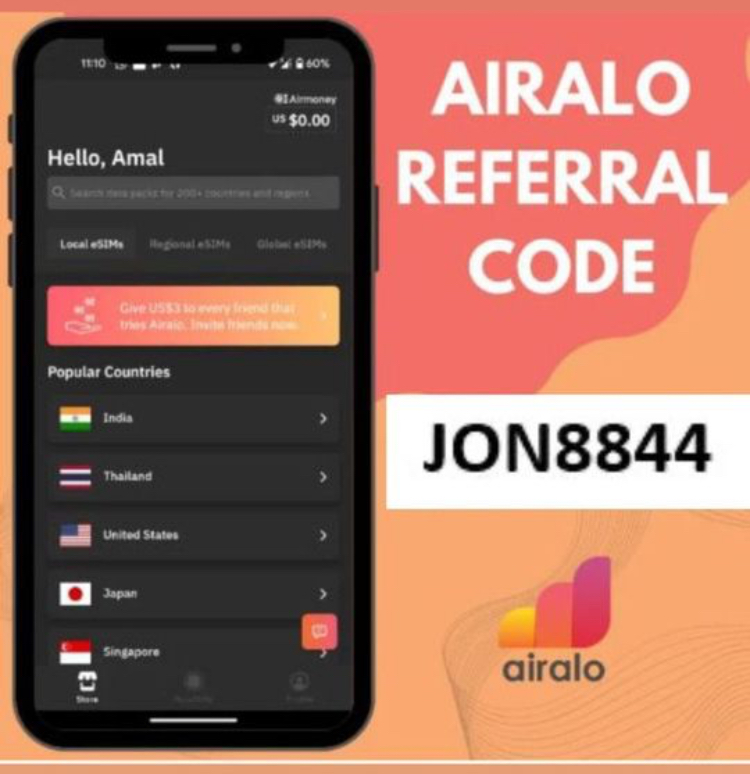Stay Connected While Traveling: The Battle Between Physical SIM Cards and eSIMs
As someone who travels extensively for work in the chauffeur and rideshare industry, I know firsthand how critical it is to stay connected, especially when venturing across borders. Whether it’s coordinating with clients, staying in touch with family, or accessing navigation apps, having reliable cellular service is non-negotiable. But with today’s technology, we have options for staying connected, and it’s essential to know which one is the best fit for your travel needs.
When it comes to international travel, you’re likely to face a decision: Should you use a physical SIM card or make the leap to an app-based eSIM? Let’s break it down.

Physical SIM Cards: A Familiar but Limited Option
Most of us are familiar with physical SIM cards, the small chips you insert into your phone to connect to a local carrier. These are often seen as reliable, but they come with limitations.
-
Cost: The cost of using a physical SIM card can skyrocket, especially when relying on your home carrier’s roaming services. If you’re not careful, roaming charges can add up quickly, resulting in hefty bills that may surprise you when you get back home. You can also buy local SIM cards in the country you’re visiting, but that involves swapping SIMs, finding a vendor, and potentially navigating language barriers—all while risking misplacing your original SIM.
-
Convenience: Switching physical SIM cards is a manual process. You need to carry the SIM ejector tool, store your original SIM safely, and hope your phone doesn’t require an awkward restart just as you need to make a quick call.
-
Limited Functionality: With physical SIMs, you’re stuck with one number and one plan at a time, which limits flexibility, especially if you’re traveling through multiple countries.
eSIMs: The Future of Connectivity
eSIMs, or embedded SIMs, represent the next step in travel technology, offering a digital alternative to physical SIM cards. They’re built into your phone and activated via an app. But, of course, this technology comes with its own set of considerations.
-
Cost: In most cases, eSIMs are much more affordable compared to traditional roaming. You can use an app to choose data plans specific to your destination and pay only for what you need. Apps like Airalo and Holafly make it easy to buy an international plan on the go. You can browse different countries and pick the best deal before you even leave home.
-
Ease of Use: One of the key benefits of eSIMs is the simplicity of switching between plans. There’s no physical card to swap out, and activating a new plan is as easy as scanning a QR code. This is particularly useful if you’re traveling through several countries and need different plans in each one—no more fumbling with multiple physical SIMs.
-
Flexibility: With eSIMs, you can maintain your home phone number while adding a temporary international data plan. This is perfect for someone in the chauffeur or transport business, where maintaining consistent communication with your local clients while managing international trips is essential. Plus, you can activate multiple plans at once, giving you the flexibility to switch between them based on where you are.

Compatibility: A Catch for eSIMs
Not all phones support eSIM technology. This is something to consider, especially if your phone is a few years old. Many newer smartphones, such as the latest iPhones and Google Pixels, are eSIM-compatible, but if you’re using an older device, you might be limited to physical SIMs.
Before heading on your next international journey, check whether your device supports eSIMs. For clients who often travel with business devices, like tablets or laptops, eSIM functionality might also be available, allowing them to stay connected across multiple devices.
Which Option is Right for You?
In my experience, for frequent travelers, especially people that travel the world for business or pleasure, an eSIM is a game-changer. It offers flexibility, affordability, and ease of use that a physical SIM can’t match. However, please note that some older phones don’t support eSIMs, a physical SIM is still a reliable fallback— but installing an eSIM avoids those costly roaming fees!
The most versatile eSIM I have seen is Airalo which can be downloaded and installed in minutes even over WiFi and with our referral code it will provide you with a generous $5-00 credit, how good is that !Using

For my clients who often ask how to stay connected while traveling, I always recommend doing a quick check to see if their phone supports eSIMs. If so, they’ll enjoy a hassle-free experience, especially during long-distance trips where the ability to switch data plans without fuss is invaluable.
Airalo is the world’s first eSIM store that solves the pain of high roaming bills by giving you access to 200+ eSIMs (digital SIM cards) globally at affordable prices.
Whether you opt for a physical SIM or eSIM, the important thing is to make an informed choice that suits your travel style and communication needs. Safe travels, and stay connected wherever you are!
Feel free to use this blog post in your e-newsletter or social media outreach! Let me know if you’d like any tweaks.

